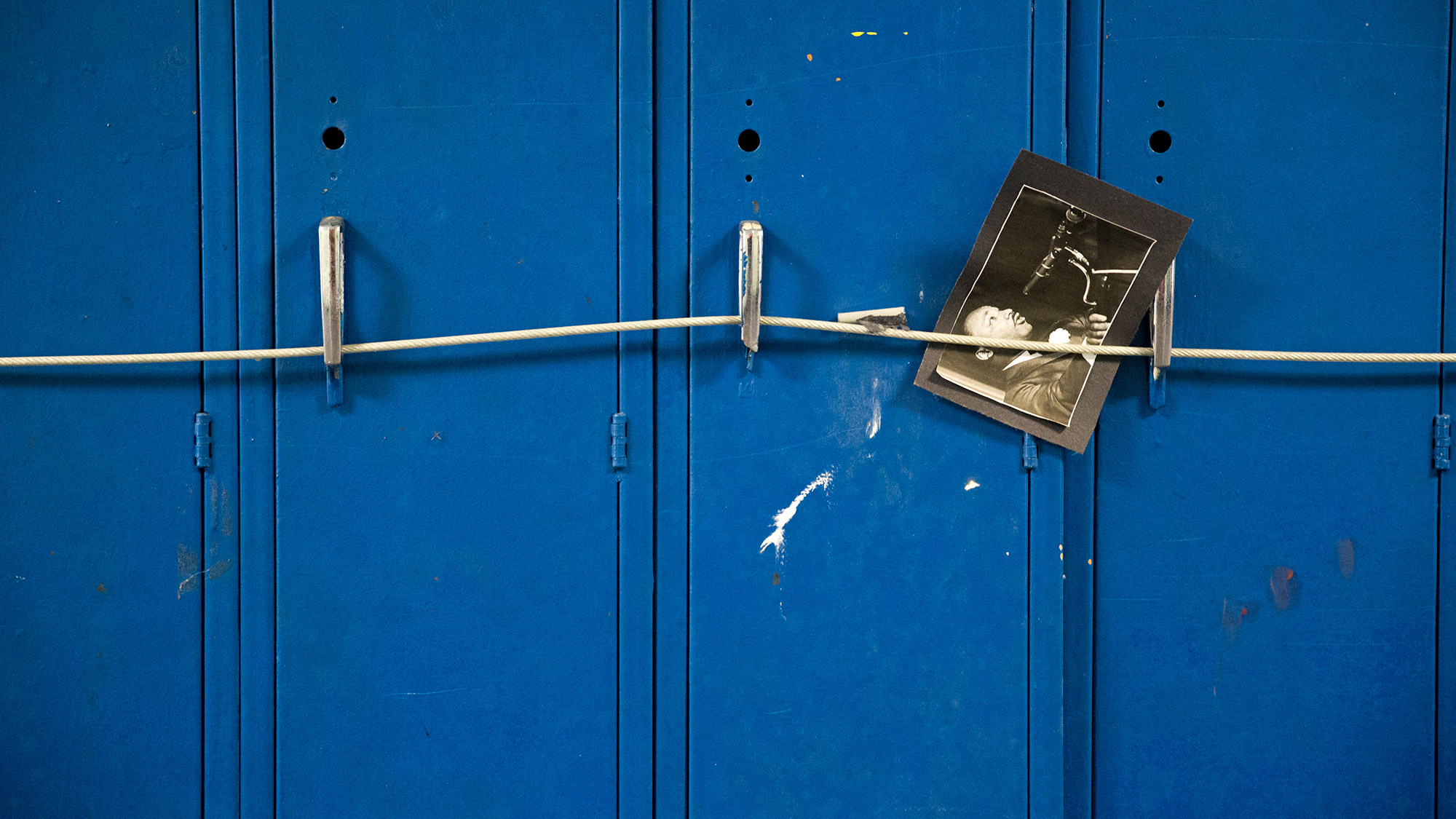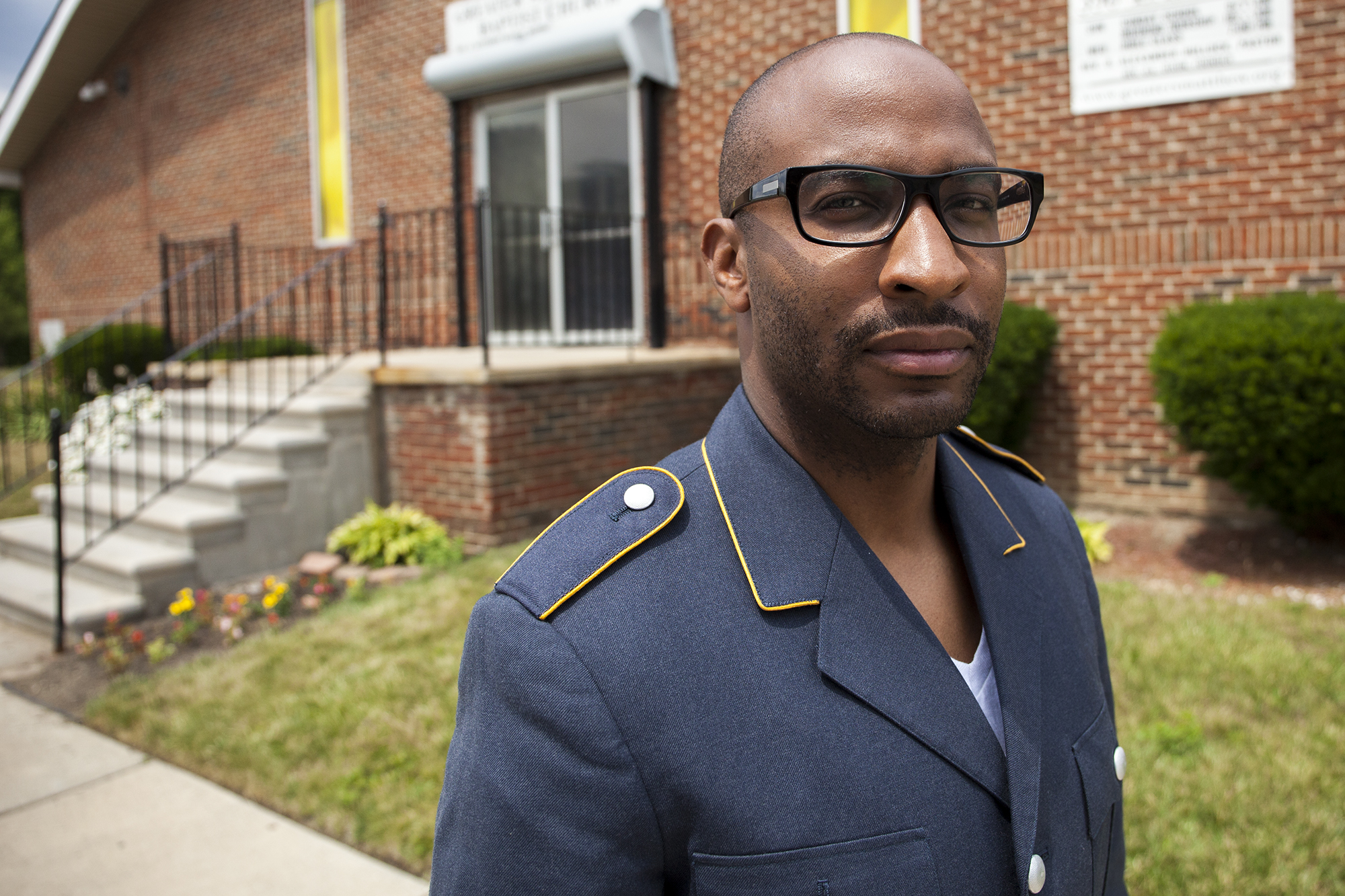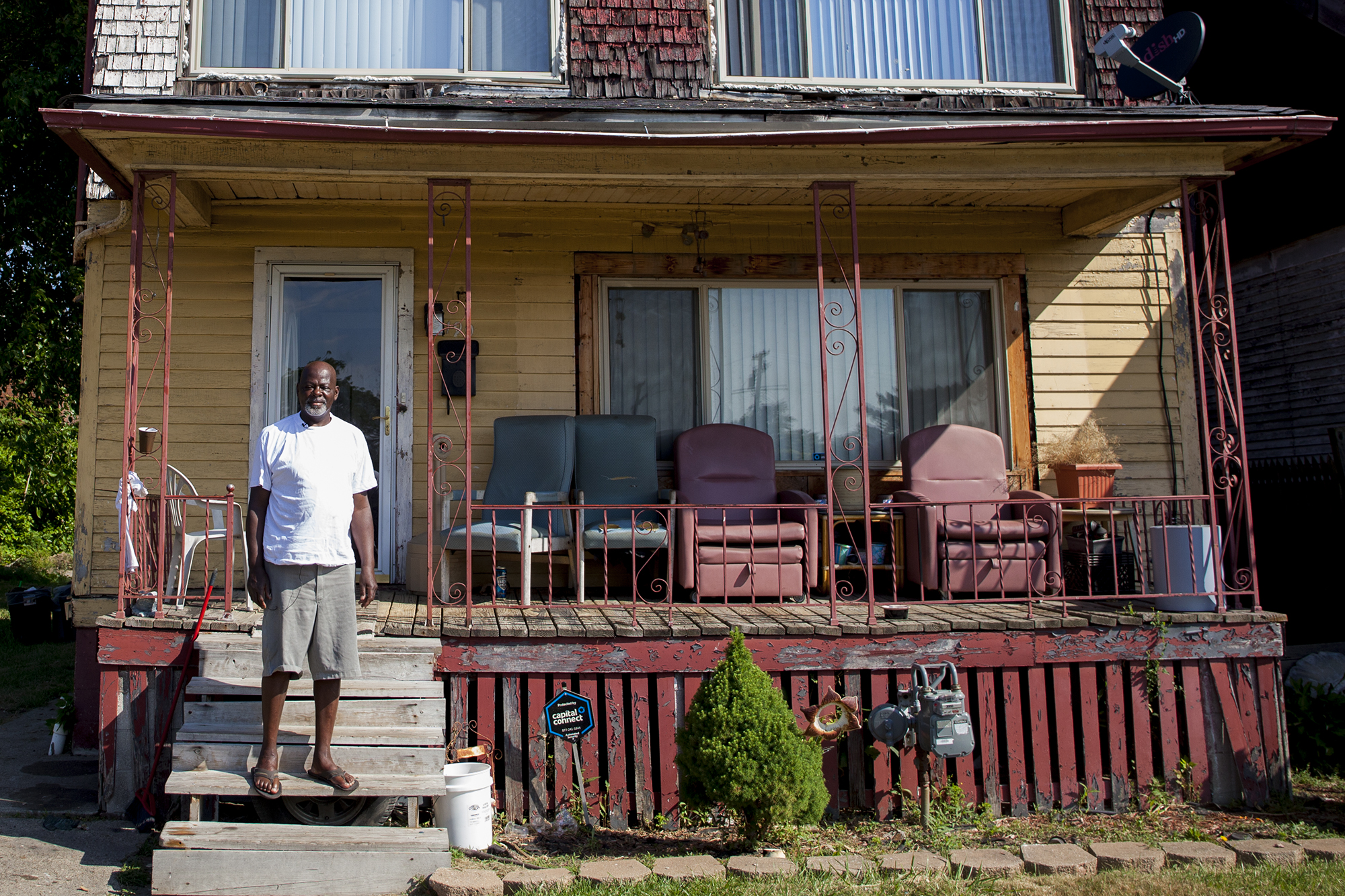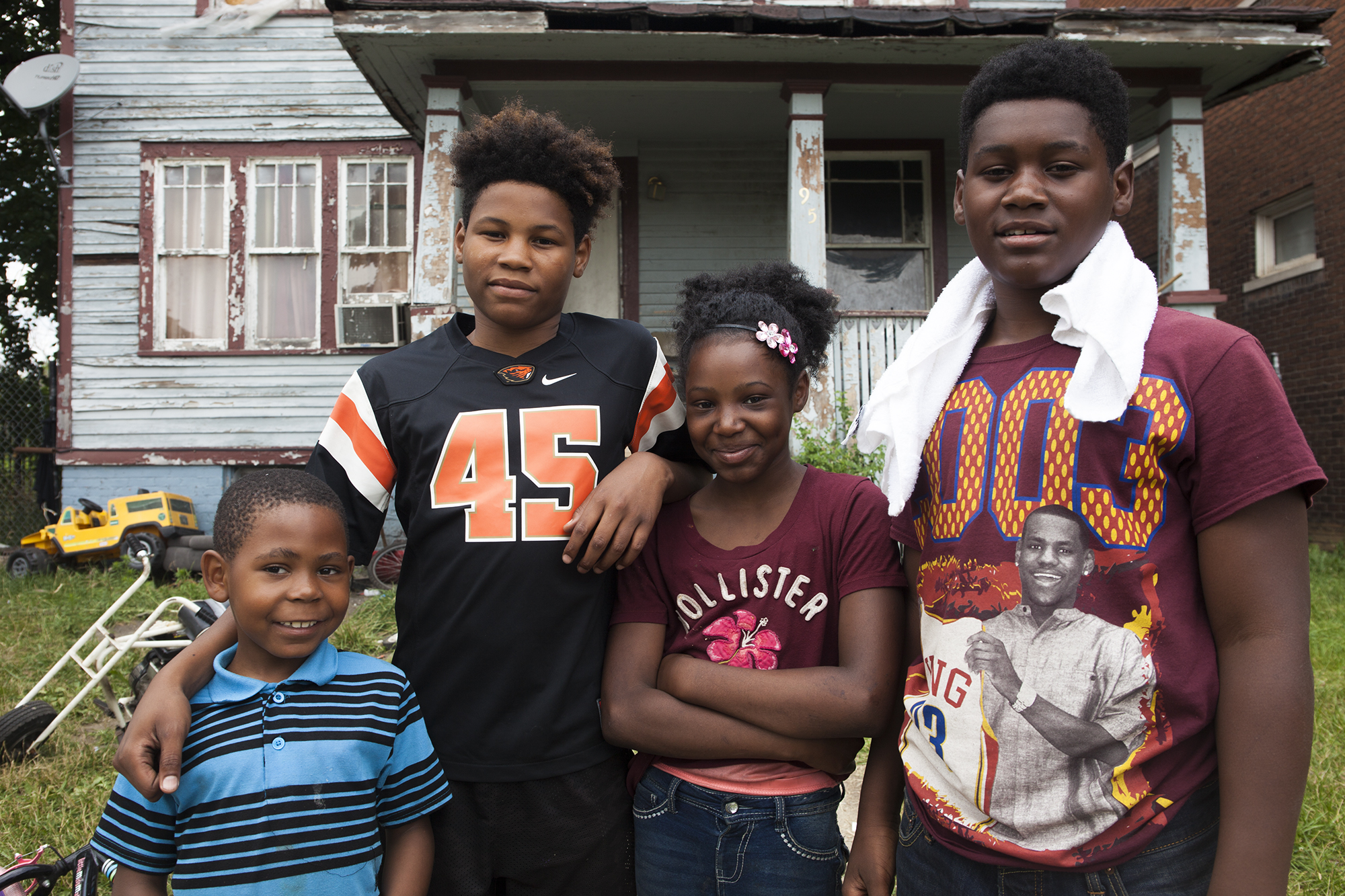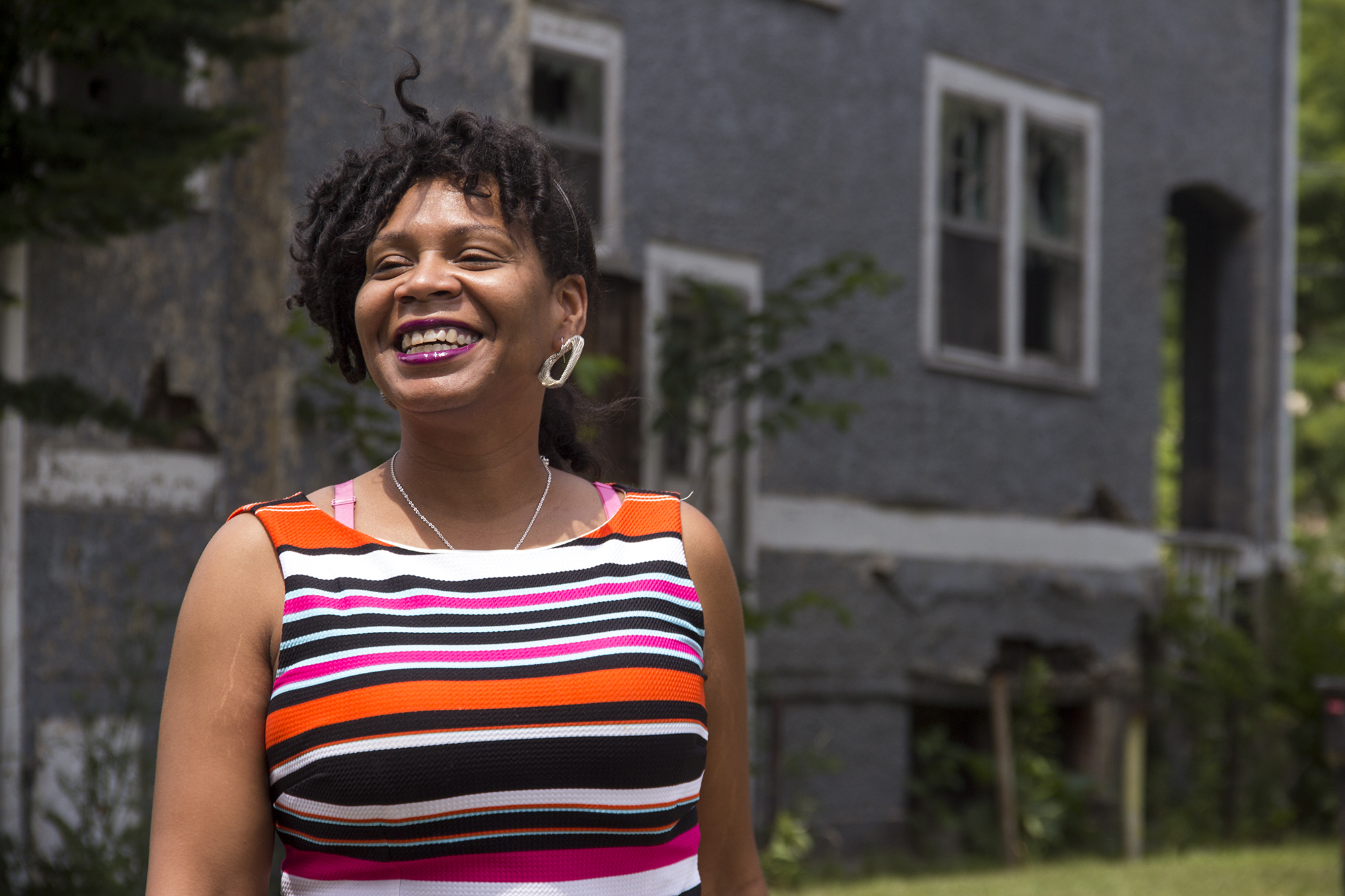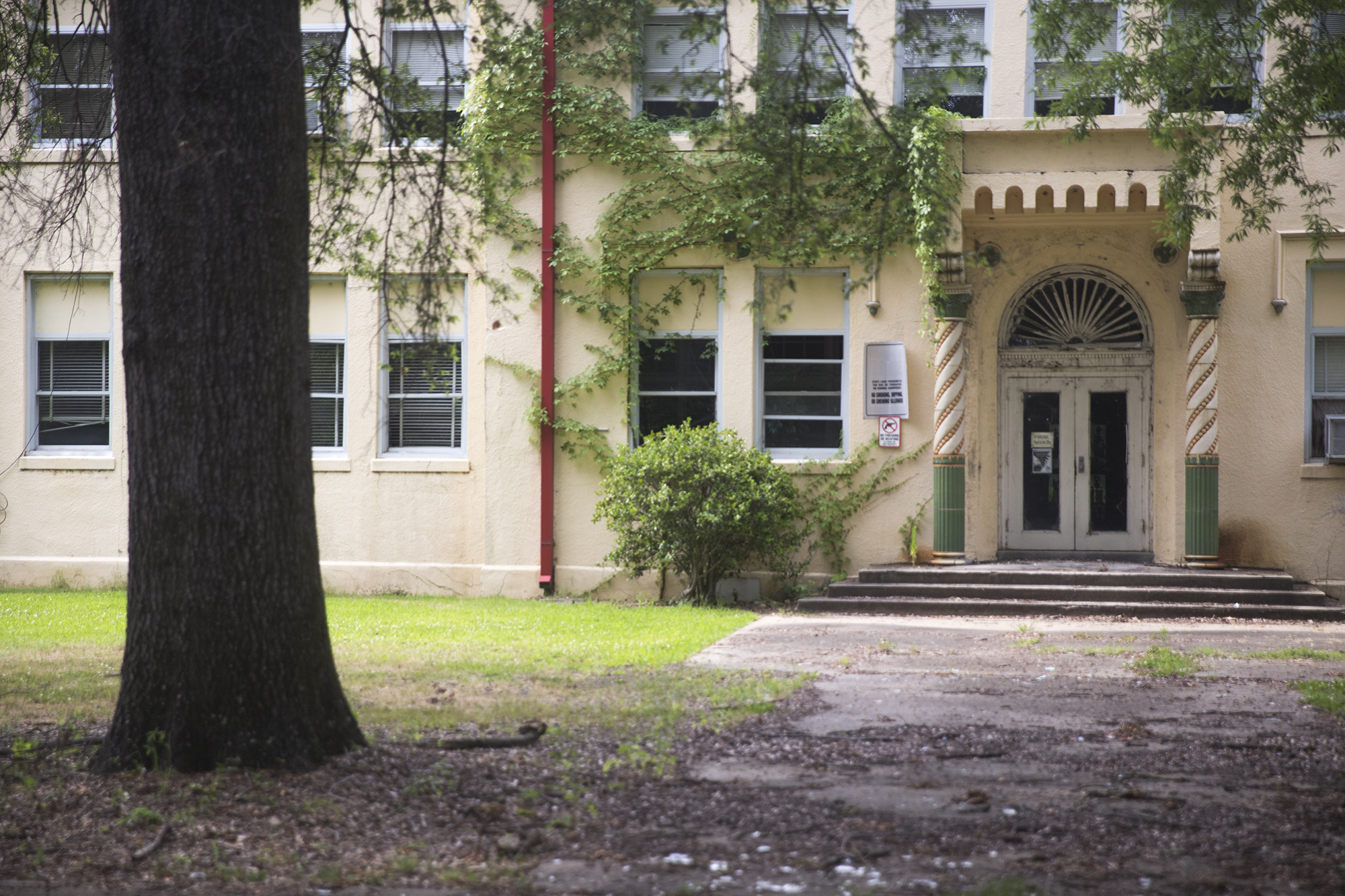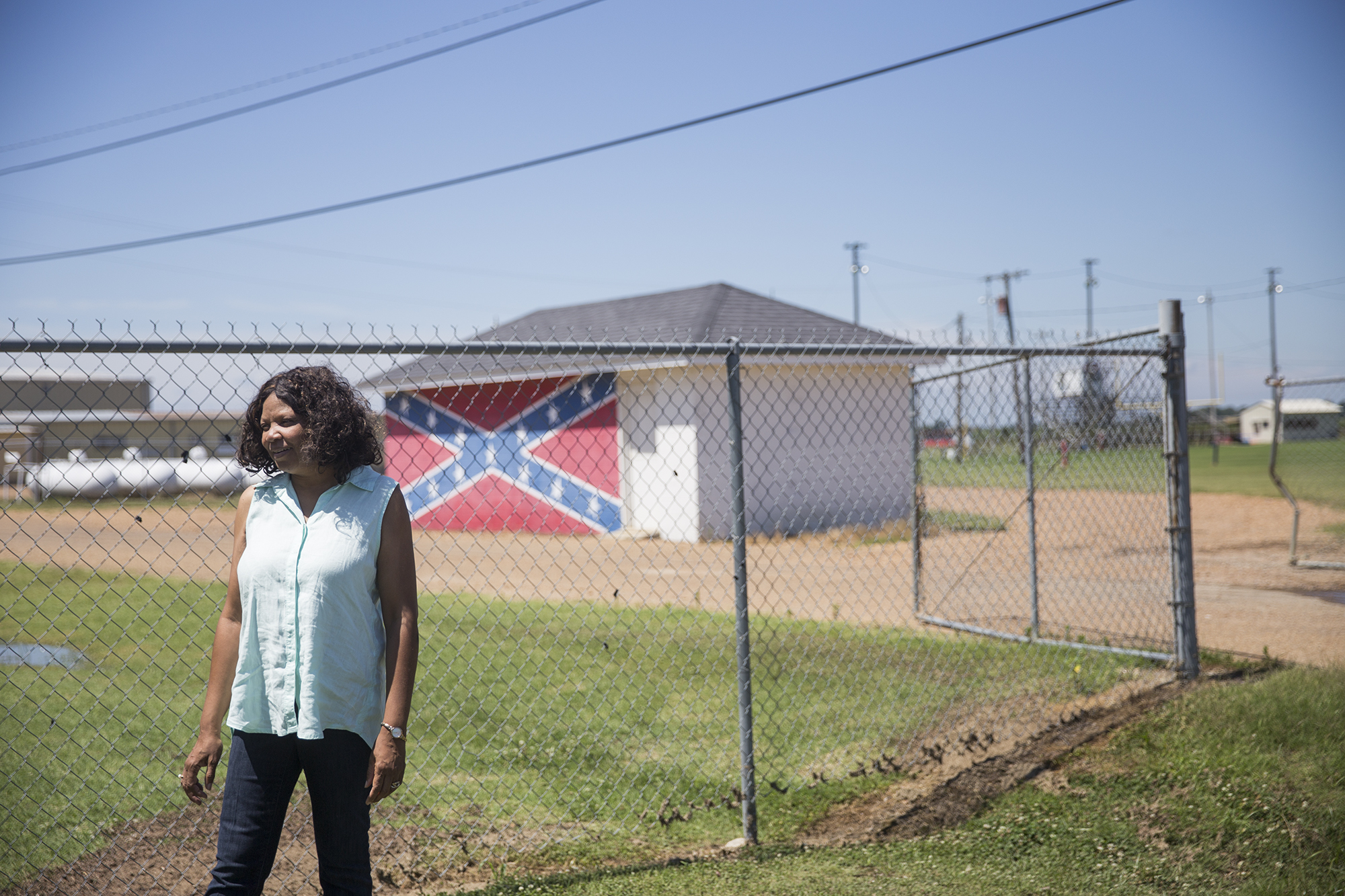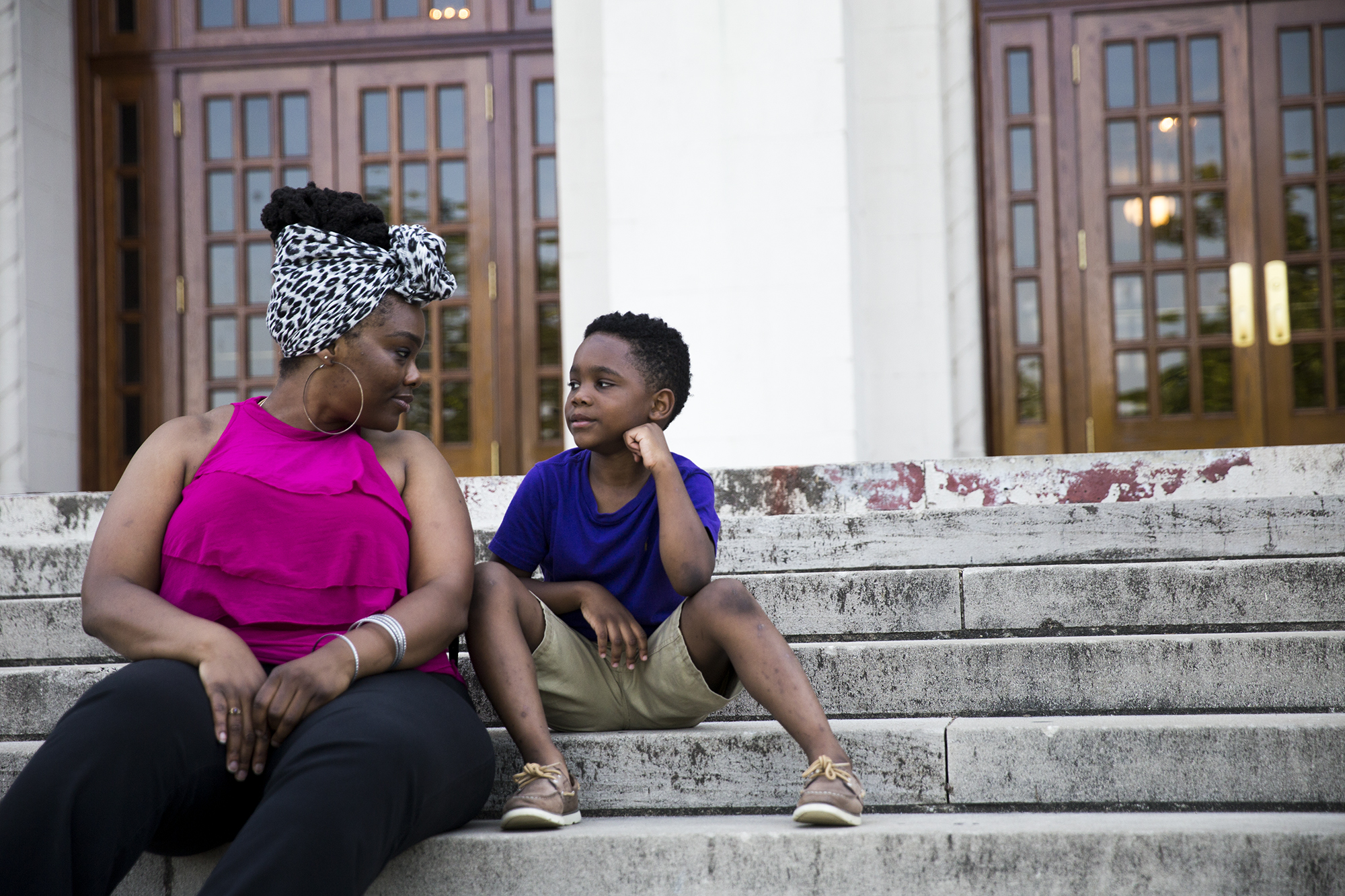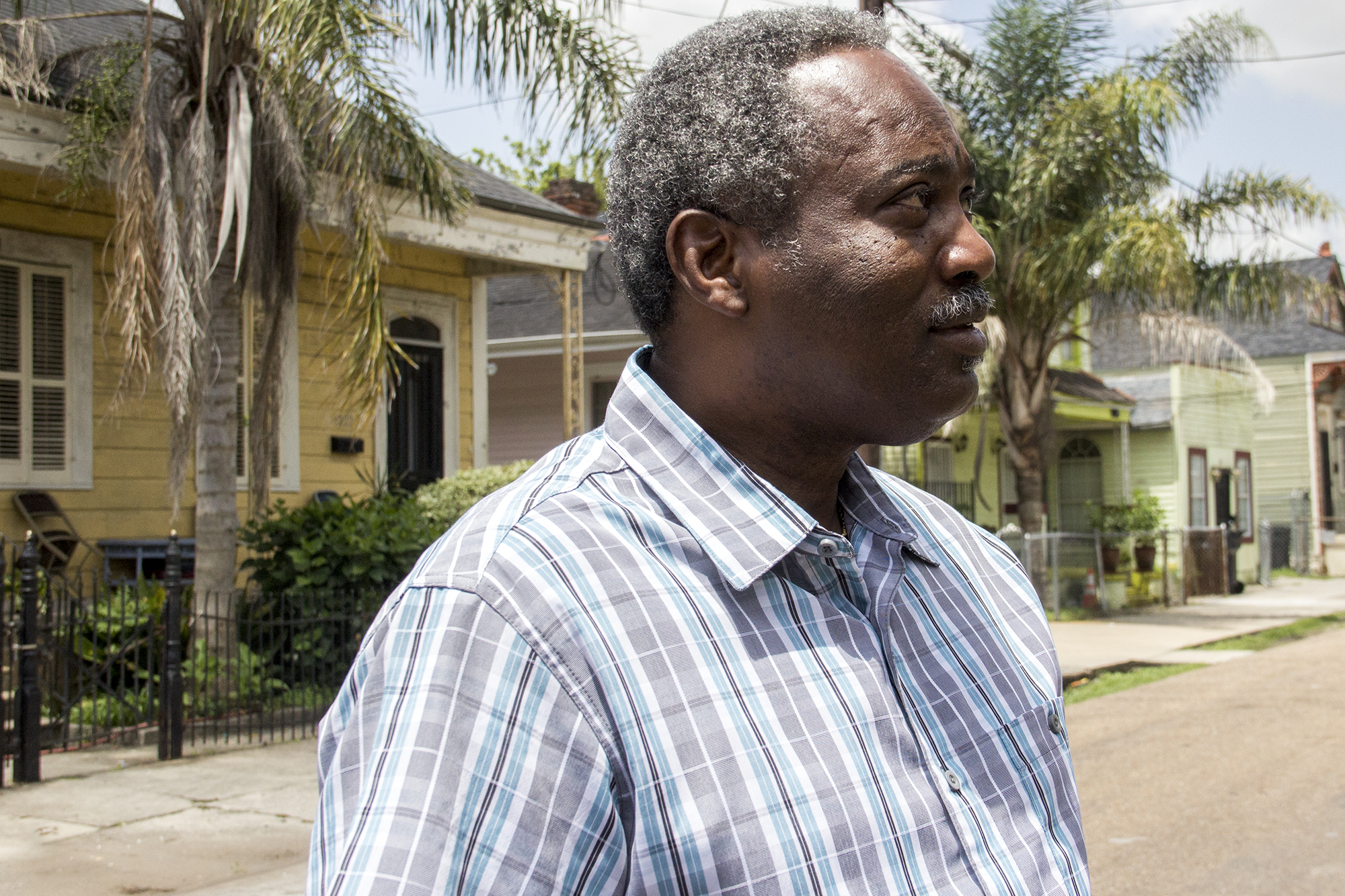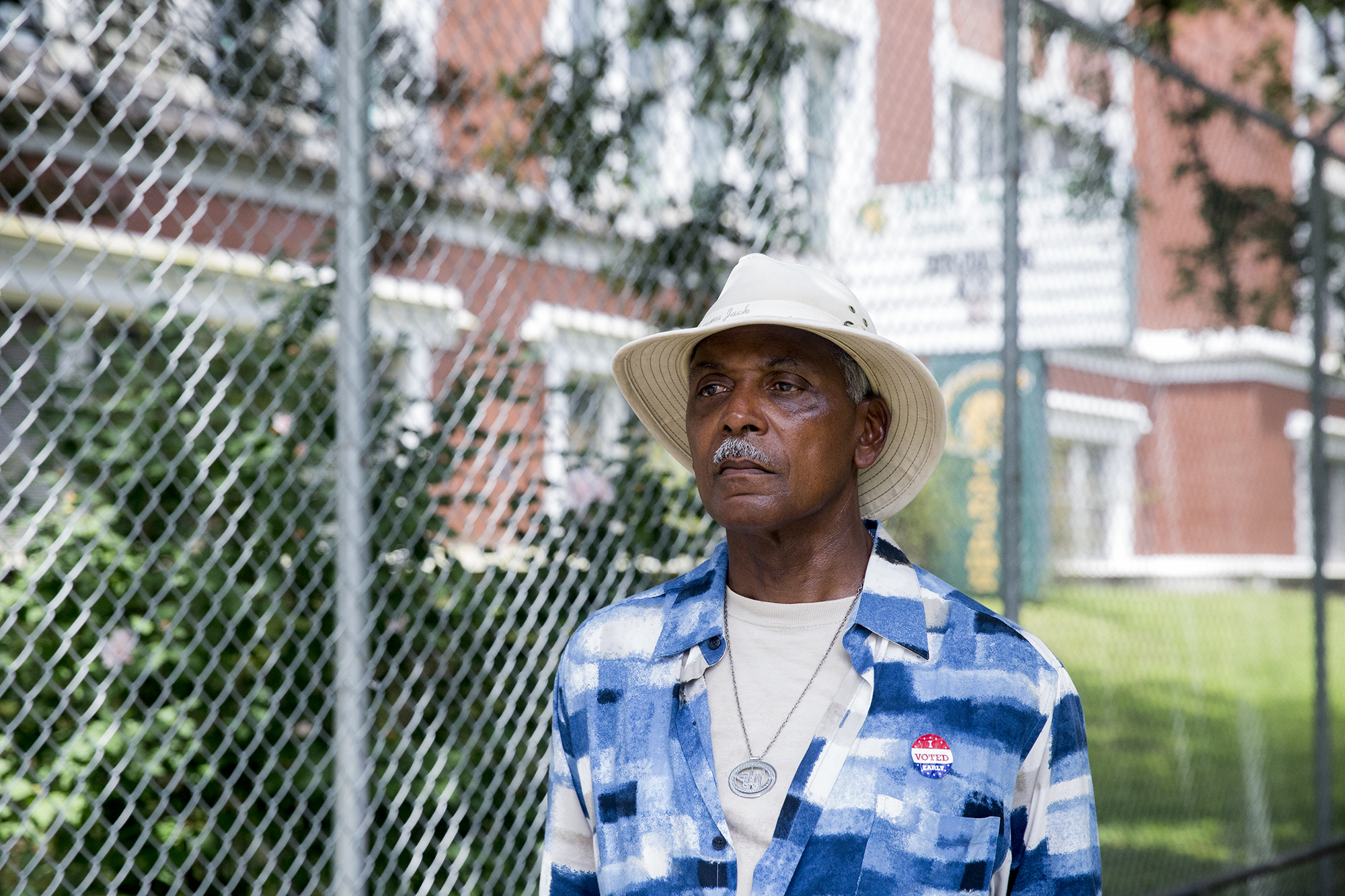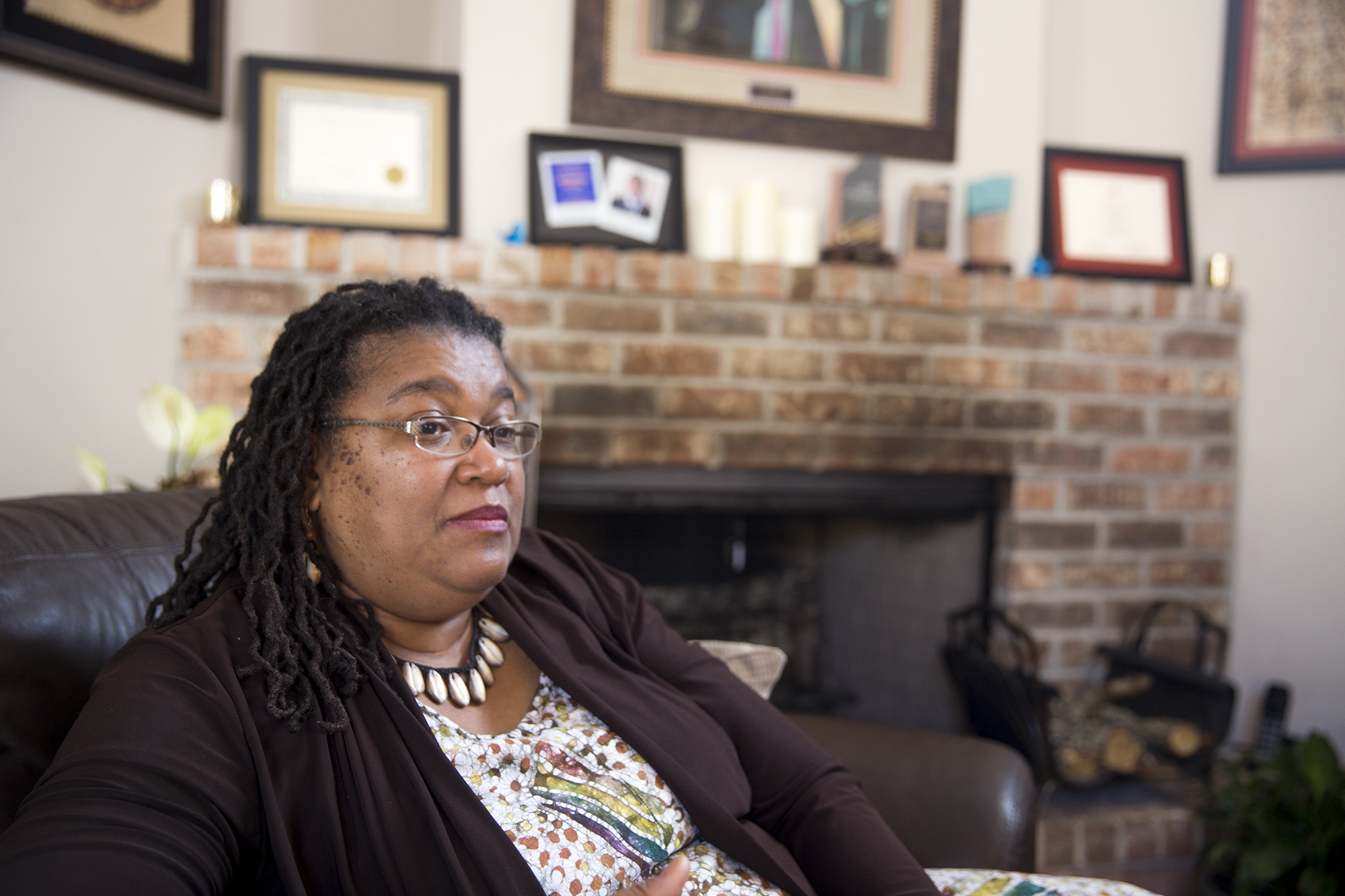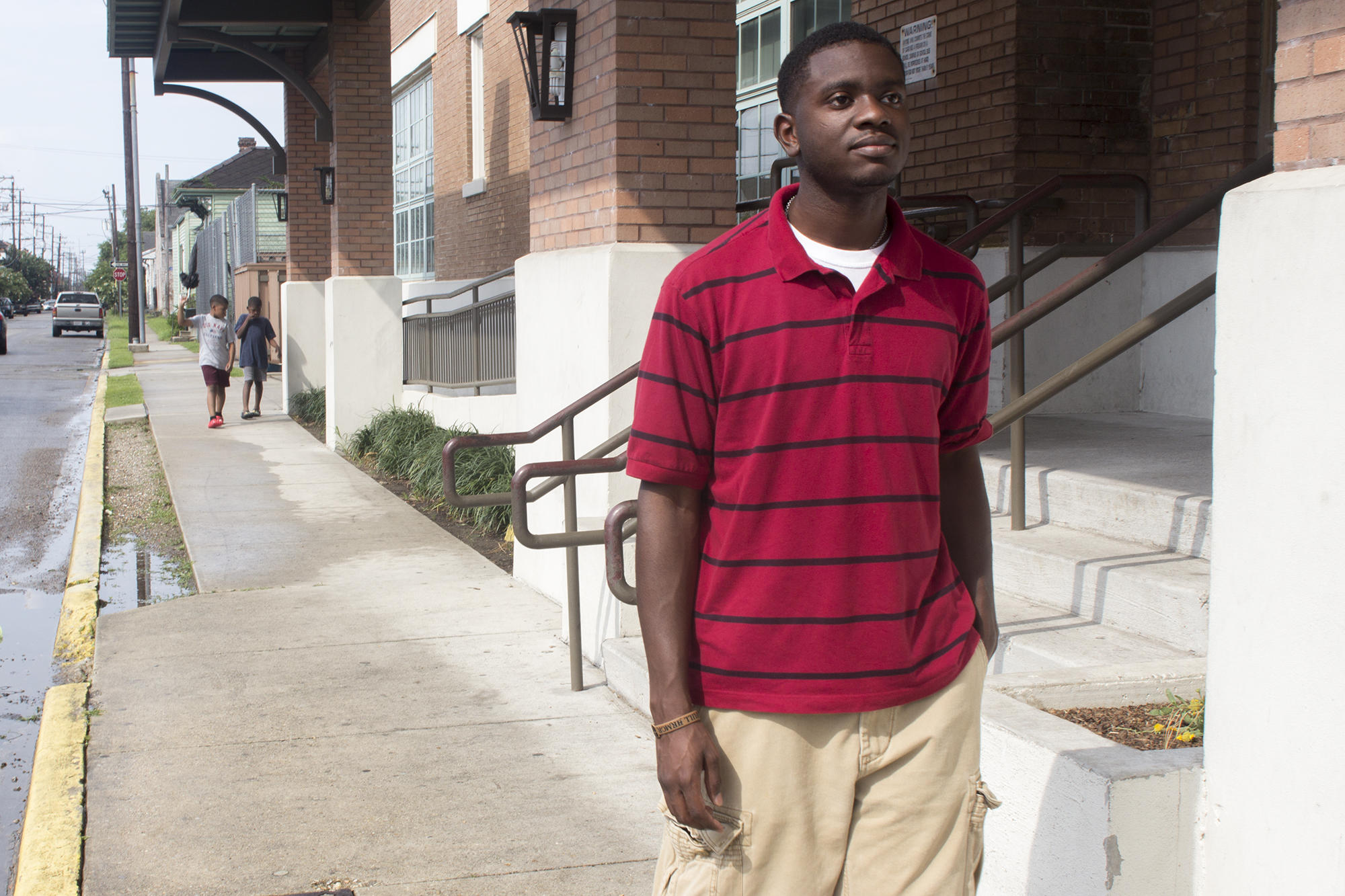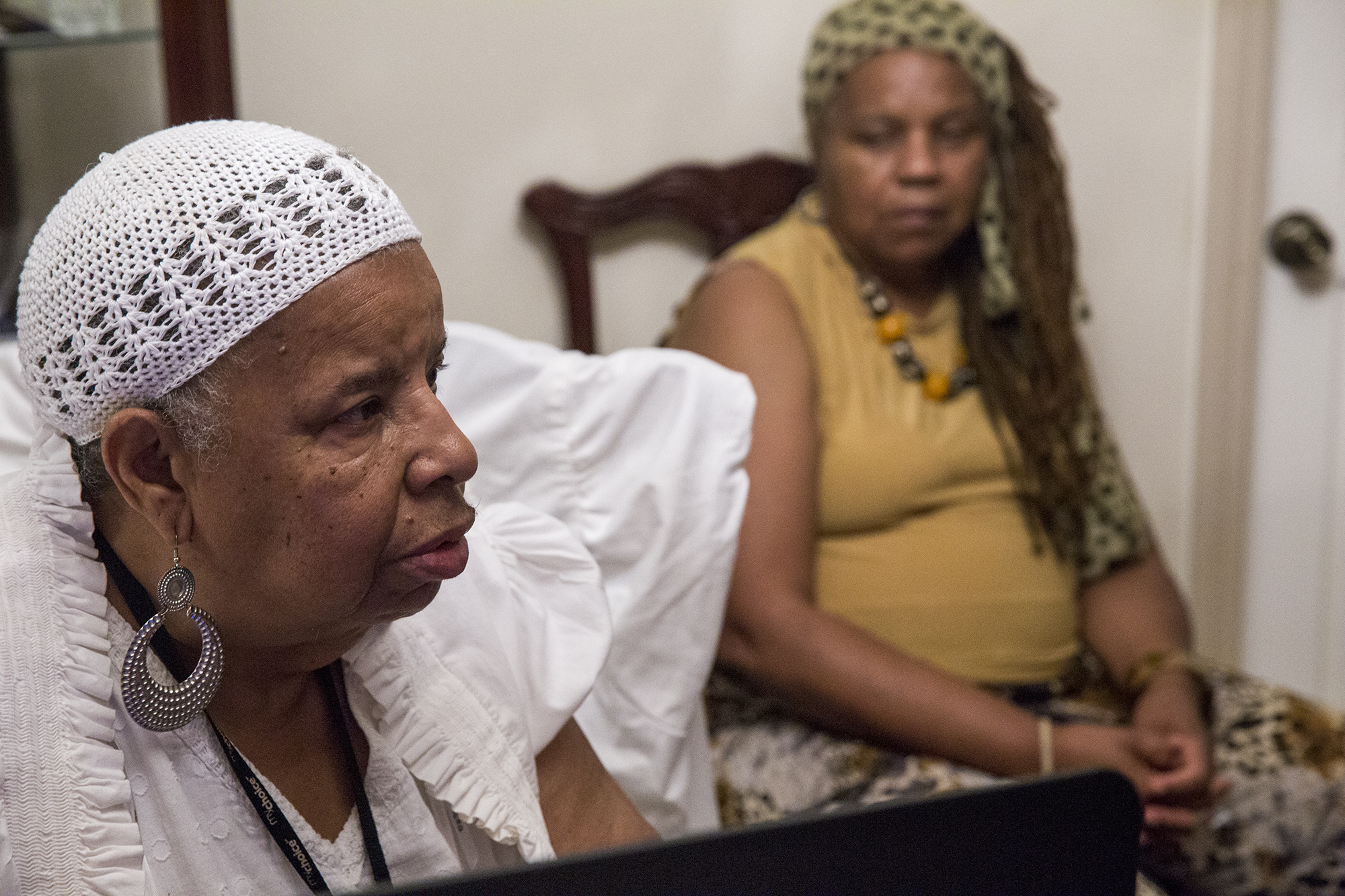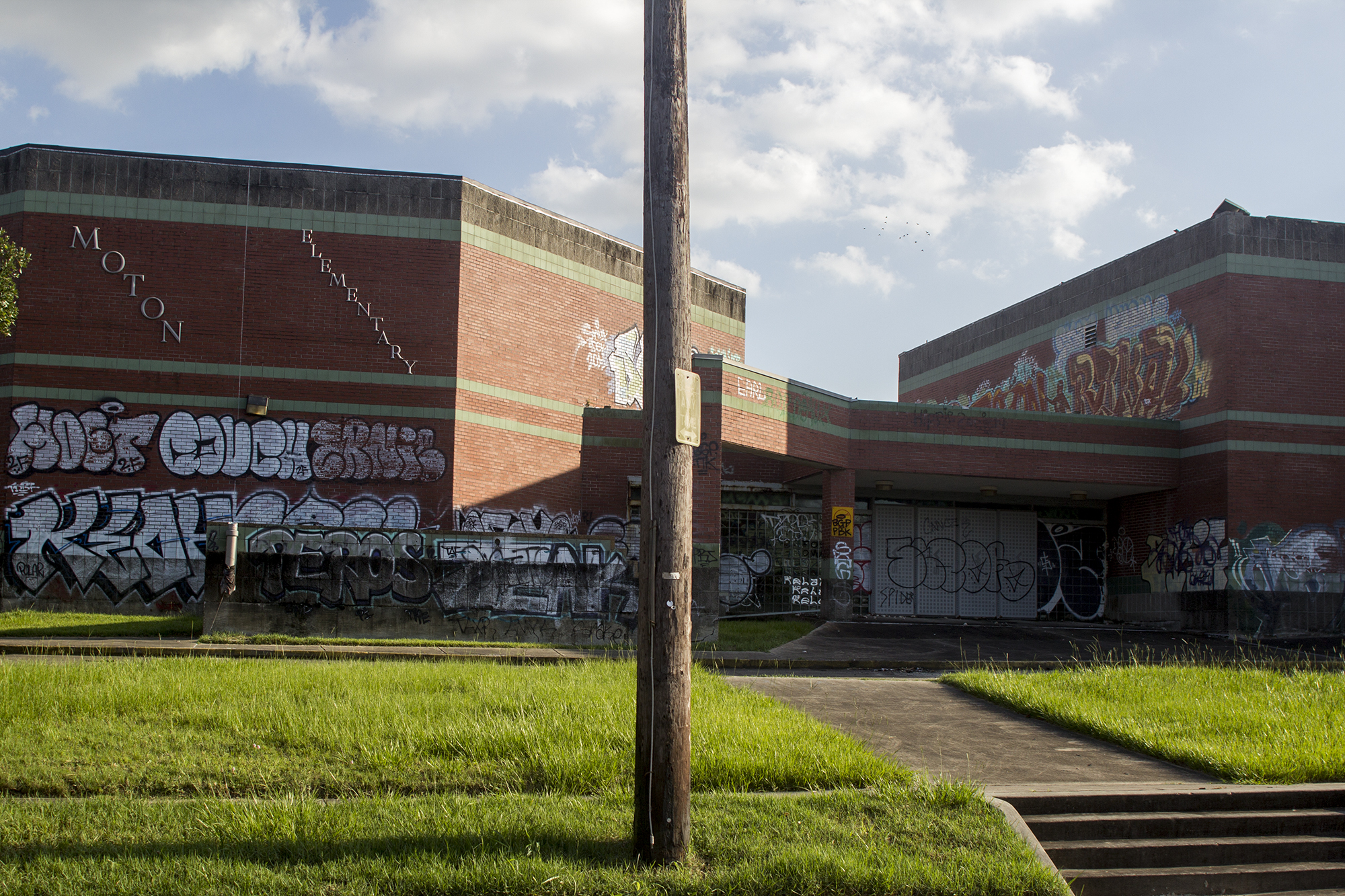Like many parents in the Little Rock School District, inequality is Toney Orr’s chief complaint. At the beginning of third grade, Orr and his wife sent their twin sons, both diagnosed on the autism spectrum, to different schools because each son had individual special needs the schools could better address separately.
One son, also named Toney, went to Don Roberts Elementary on the far west side of town, while Antonio attended Booker T. Washington Elementary in the center of the city. Roberts is 58.3 percent white, while Washington is 93.8 percent black. They each had dramatically different experiences at school, something Orr said he wasn’t expecting.
Toney used new books. There were on-site counselors, on-site math coaches, and he had a full-time nurse. At Washington, Antonio’s books were secondhand. Math and literacy tutors showed up once a week, or just once a month.
Last year, the Arkansas State Board of Education approved the district’s takeover. At the time, the number of academically distressed schools stood at six out of 48, just more than 12 percent of the district. Students were showing troubling scores on state exams.
Three of those distressed schools are about 2 miles from one another, in southwest Little Rock, where mostly Hispanic and African-American families live. About 7 miles away is Little Rock Central High School, where in 1957 nine black students, surrounded by the National Guard, first integrated the school district.
Orr wants to be involved in the decisions made in the district, and he wants to advocate for equality for all students. But he feels like he can’t. There is no local school board.
“I feel like my rights as a parent is being taken away,” he said. “I feel my rights as a citizen are being taken away. I feel my rights as a taxpayer are being taken away, and the people that I talk to could care less what I’m saying.”
Isis Pettway graduated from Little Rock Central High School in 2000. “It’s just amazing to know that you walked these same halls and for me personally what nine students went through so I could walk these halls,” she said, sitting on the school’s front steps.
Pettway, whose son goes to school in the district, worries the schools are becoming more segregated. “I want my son to have diversity while he’s in school learning,” Pettway said. “I want him to see what the world is going to look like in the future.”
